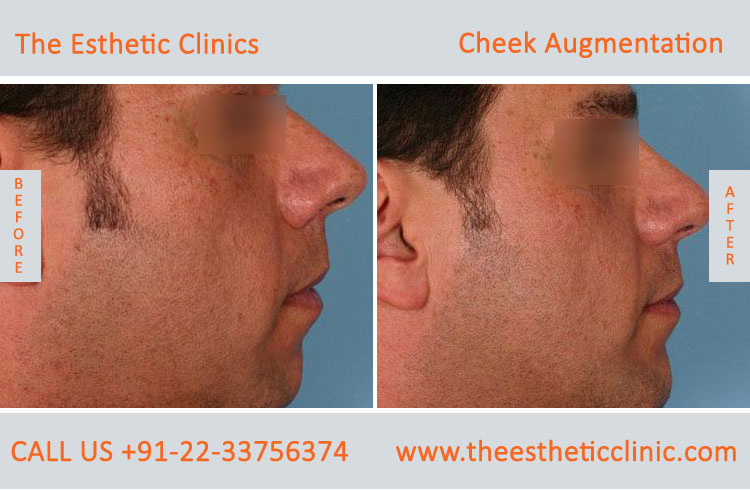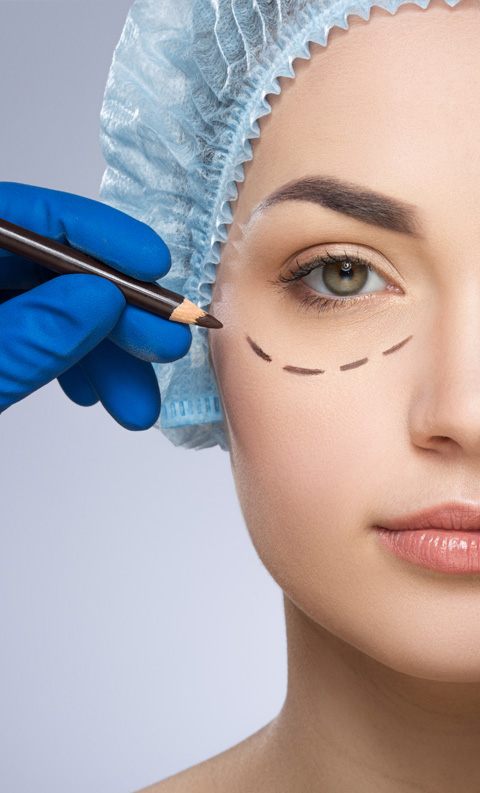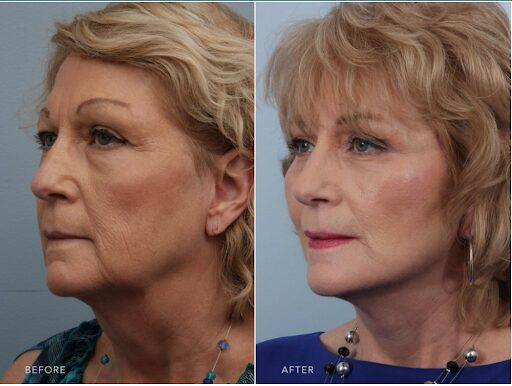
The after-effects from anaesthesia are the first step in breast implant recovery. These include nausea, soreness, and vomiting. Some women experience unbearable pain after the surgery. It is possible to take pain medication to relieve the discomfort and speed up your recovery. To help you heal, a breast support bandage will be worn. Pain medication can also help you deal with the swelling and redness around your breasts. To support your breasts during healing, you can wear a compression bra.
Compression bras
You should wear a bra post-operatively if you plan to have breast implants. A bra that has padding or underwires may cause more visible scarring. A compression bra that does not have underwires or padding is safer because it offers support and comfort throughout recovery. The front closures make it easier to remove compression bras. Here are some tips that will help you select the right compression bra to suit your needs.
A compression bra promotes circulation, reduces swelling and helps to control breast pain. The compression garment can promote antimicrobial cells transfer to the site where infection is occurring, which is essential for eliminating pathogens. Compression bras help women recover from breast implant surgery by maintaining post-operative changes and minimizing the risk of clot migration. It assists in the elimination of clots following plastic surgery. This can have disastrous consequences.

Implants of under-muscle
The time taken to recover from breast implant placements with under-muscles is longer than those of other methods. The implants will be deflated and then placed in a small tunnel. This procedure is less invasive and causes less pain. You should expect to feel some swelling, pain, bruising, and discomfort during your recovery. It could take four to 8 weeks for the swelling in your legs to subside.
Most patients who have breast implants experience some level of pain after the procedure. This can vary depending on which type of surgery was used and how sensitive the patient is to pain. Some women feel very little pain while others need painkillers to manage their discomfort. You may notice a higher implant if the procedure is performed under the skin. This is normal. It can take up to a few months for the implants to settle.
Sutures may cause swelling
Breast implants that have swelled around the incisions after recovery may indicate an error in their placement. There can be many reasons for this. Infections can occur when the wound becomes infected. If this happens, the dissolvable sewn can become more fragile. You should not lift heavy objects or engage too quickly after your surgery. For treatment, contact your surgeon immediately if you suspect this.
Breast implant pain and infection are two of the most common causes. These problems can be avoided by using blood thinners. However, taking them after surgery can aggravate the situation. These blood thinners can help to reduce swelling andbruising. It may also relieve your pain. Check with your doctor to ensure you are free from any other medical conditions.

Long-term complications
Breast implant surgery can lead to long-term complications. For bruising, some patients will have to stay at the hospital overnight. However, the bruises are unlikely to affect the outcome of the operation. A haematoma, which is a condition that increases the chance of capsular contracture, can result in additional nights in hospital. These complications are uncommon and don't usually last very long.
Although breast implant manufacturers routinely issue updates regarding their medical devices, few issues have been reported by physicians. The FDA may report some instances of adverse events, but these are only the beginning. Many physicians don't report problems with medical devices. The reported cases are the "tippy-top", which is why many doctors do not report them. The risk of BIA/ALCL with textured implants is estimated at between 1.79 and 2.82 for every thousand.